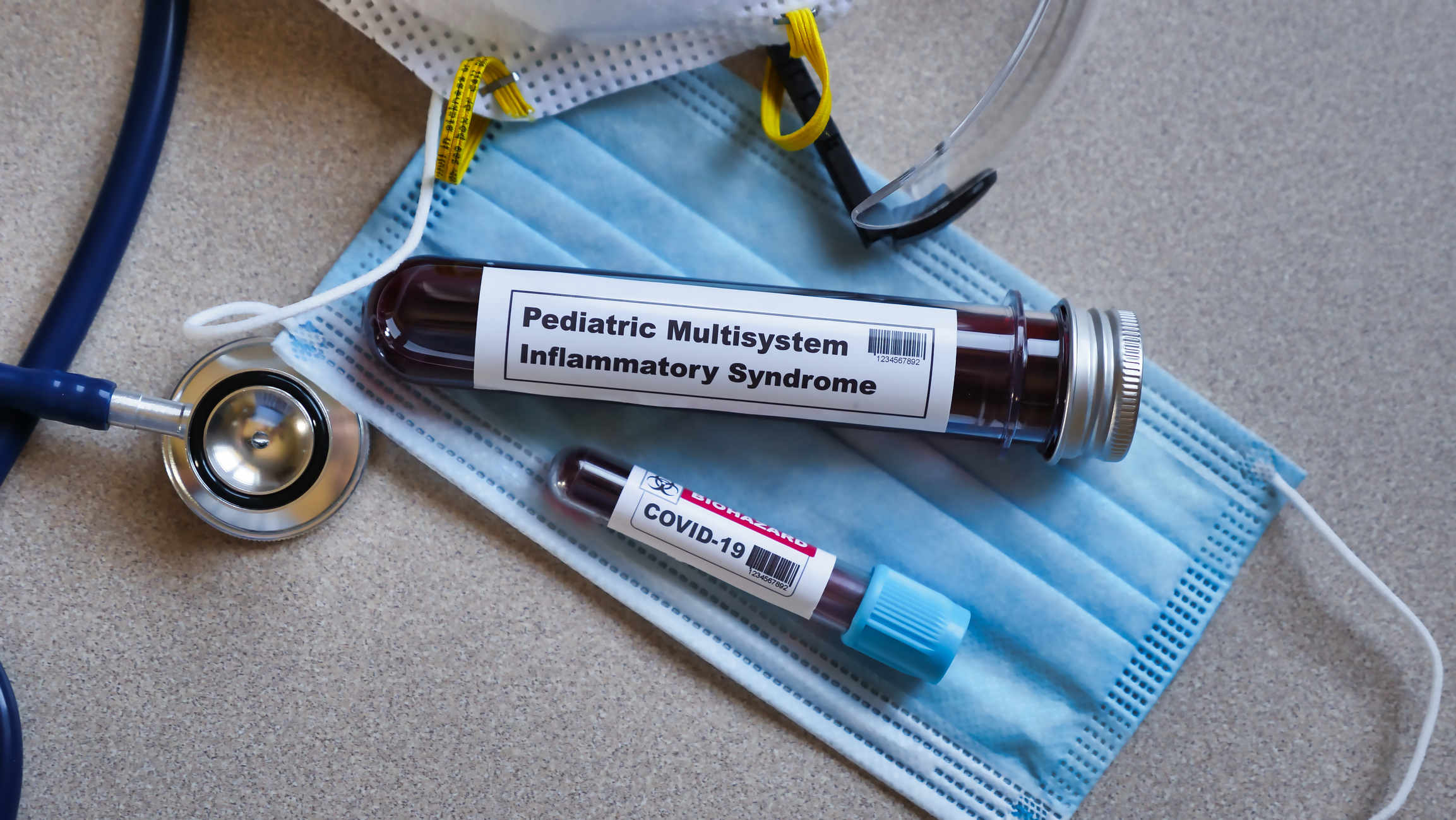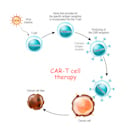
COVID-19: Multisystem Inflammatory Syndrome
As COVID-19 became a household term and appeared to affect the adult population, many pediatric healthcare providers may have been lulled into a false sense of security that children were not affected. However, data shows that 2% of American children under the age of 18 years are contracting COVID-19. Of this 2%, 6-10% have required hospitalization, and 0.6-2% were admitted to the ICU (Centers for Disease Control (CDC), 2020).
The Youngest Children, Appear to be The Most Susceptible, Especially With Underlying Conditions Such as:
- Chronic lung disease, including asthma
- Cardiovascular disease
- Immunosuppression
In the United States, as of April 2, 2020, there have been 3 deaths among children with laboratory-confirmed COVID-19 (CDC, 2020).
While death is the ultimate concern among healthcare providers, a new and different multisystem inflammatory syndrome has been identified in children after they have recovered from the virus. The evidence shows that children with underlying conditions and severe illness from the virus are at the most risk (World Health Organization (WHO), 2020).
The Multisystem Inflammatory Syndrome is Defined as:
Children and adolescents 0-19 years of age with a fever greater than three days and TWO of the following:
- Rash or bilateral non-purulent conjunctivitis or muco-cutaneous inflammation signs (oral, hands, or feet)
- Hypotension or shock
- Features of myocardial dysfunction, pericarditis, valvulitis, or coronary abnormalities (including ECHO findings or elevated Troponin/NT-proBNP)
- Evidence of coagulopathy (by PT, PTT, elevated d-Dimers)
- Acute gastrointestinal problems (diarrhea, vomiting, or abdominal pain)
AND
Elevated markers of inflammation such as ESR, C-reactive protein, or procalcitonin.
AND
No other obvious microbial cause of inflammation, including bacterial sepsis, staphylococcal or streptococcal shock syndromes.
AND
Evidence of COVID-19 (RT-PCR, antigen test or serology positive), or likely contact with patients with COVID-19.
(WHO, 2020)
At first glance, you might mistake this syndrome for Kawasaki Disease or Toxic Shock Syndrome. The key differences are a history of COVID-19 and cardiac involvement may not be present. The multisystem inflammatory syndrome is treated with anti-inflammatories, including parenteral immunoglobins and steroids (WHO, 2020).
It is not clear what the full spectrum of this disease will be. Therefore, it is important that practitioners and healthcare providers, diligently document the symptomology, and describe the treatment interventions, and patient outcomes.
The World Health Organization’s current definition is based on what they know now and will change as more knowledge is gained. This is an opportunity for healthcare providers to be a part of the challenge of this disease and find efficacious treatment. If you suspect your patient may have this syndrome, report it to your state health department.
Statistics related to COVID-19 are fluid and change from day to day. What is known about the virus and its impact on children is expanding. As COVID-19 continues to expand its reach across our country we will learn more about how the virus impacts children today and in the future.
References
Centers for Disease Control. (2020). Coronavirus Disease 2019 (COVID-19).
World Health Organization. (2020). Multisystem inflammatory syndrome in children and adolescents temporally related to COVID-19




